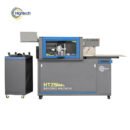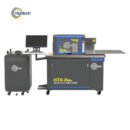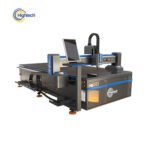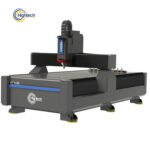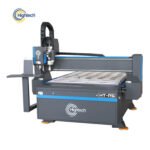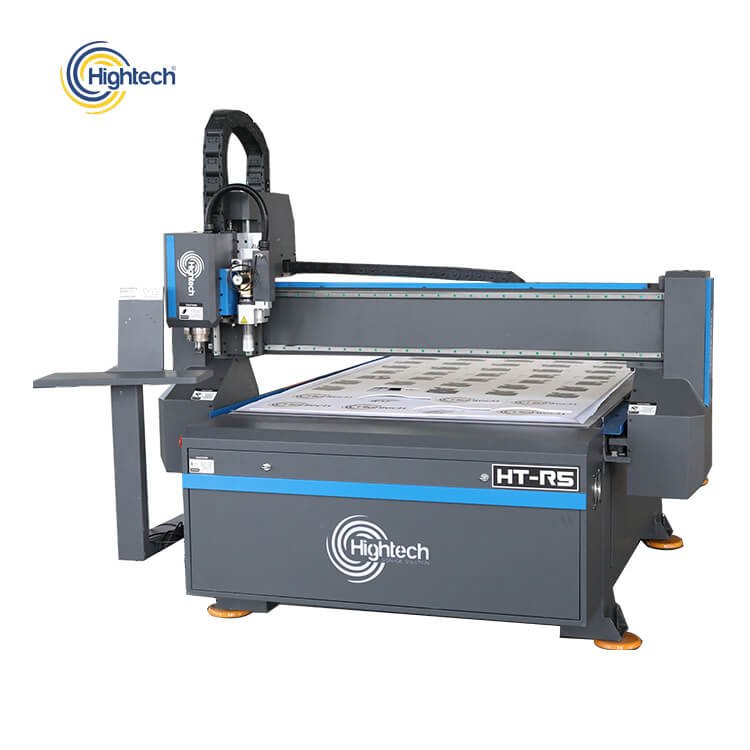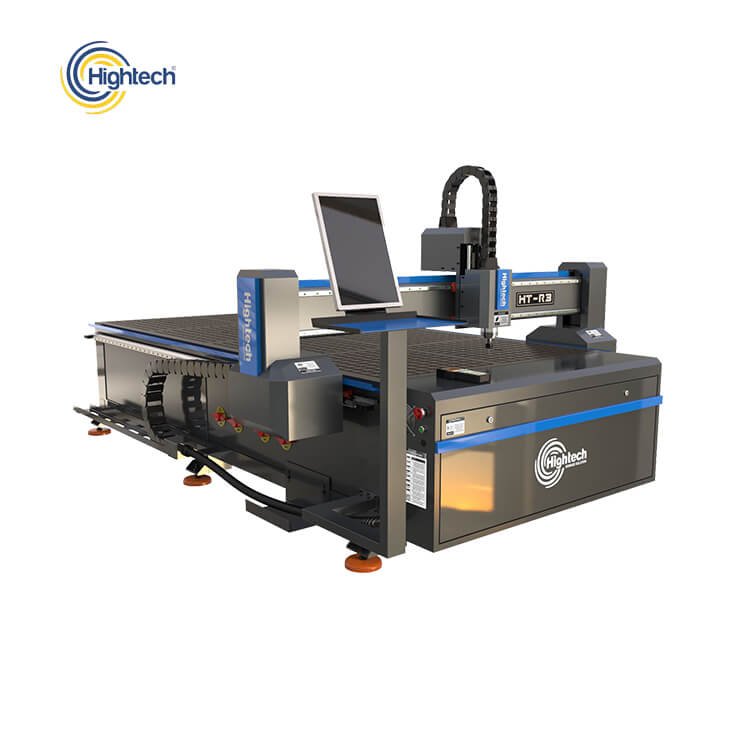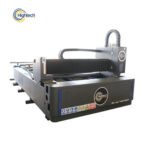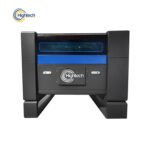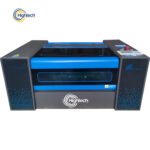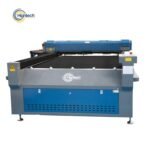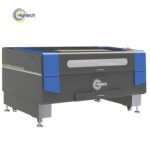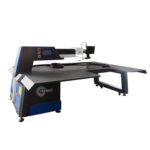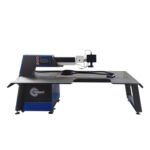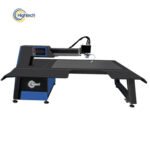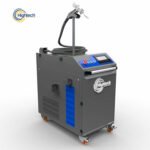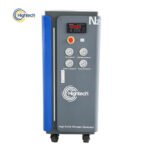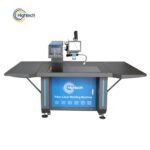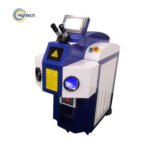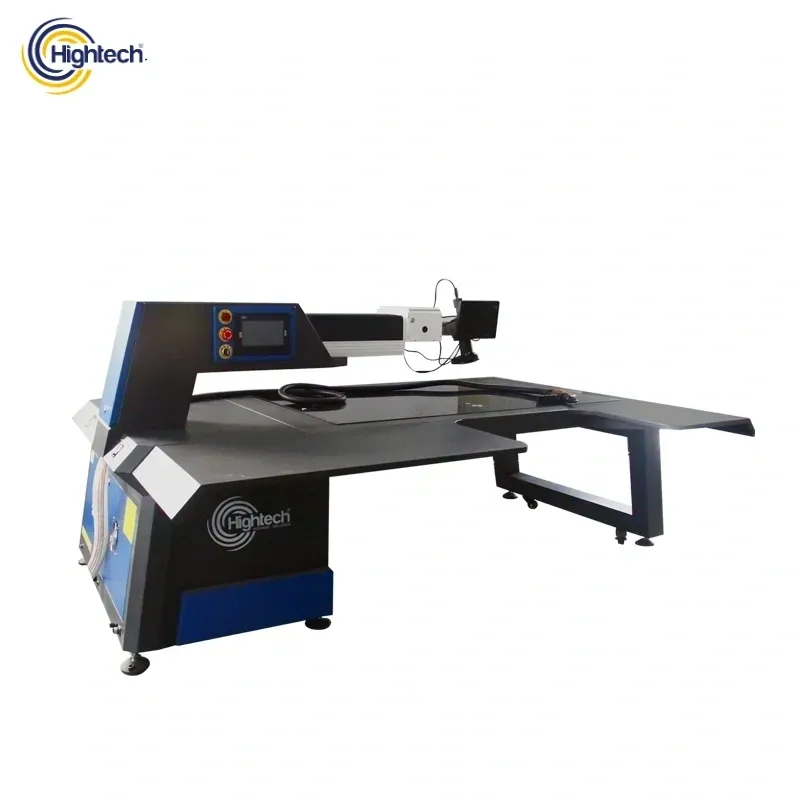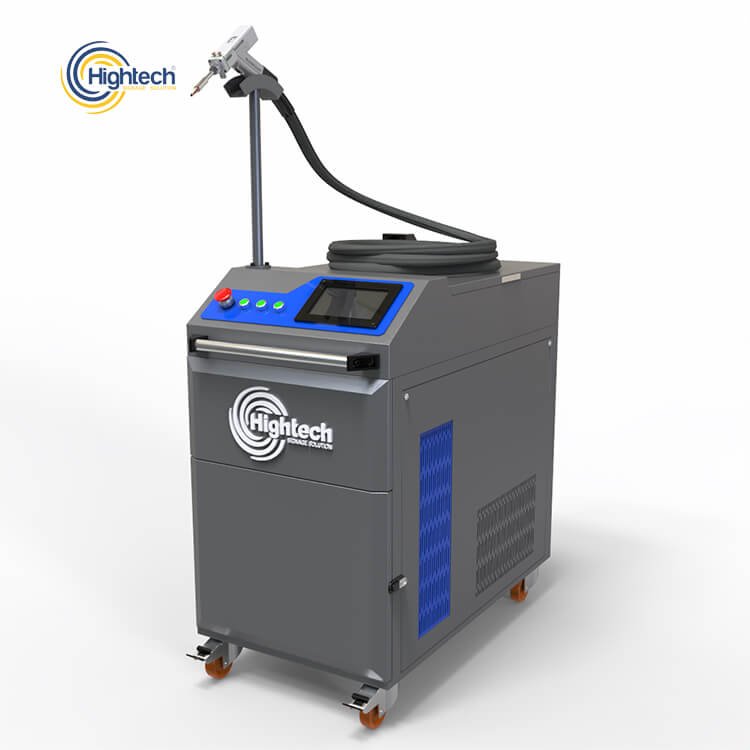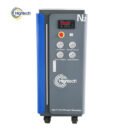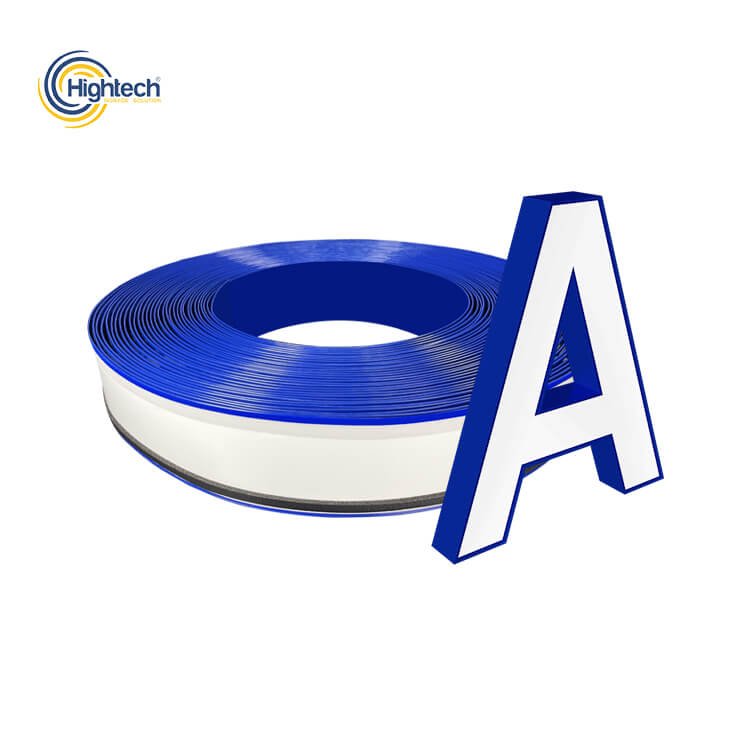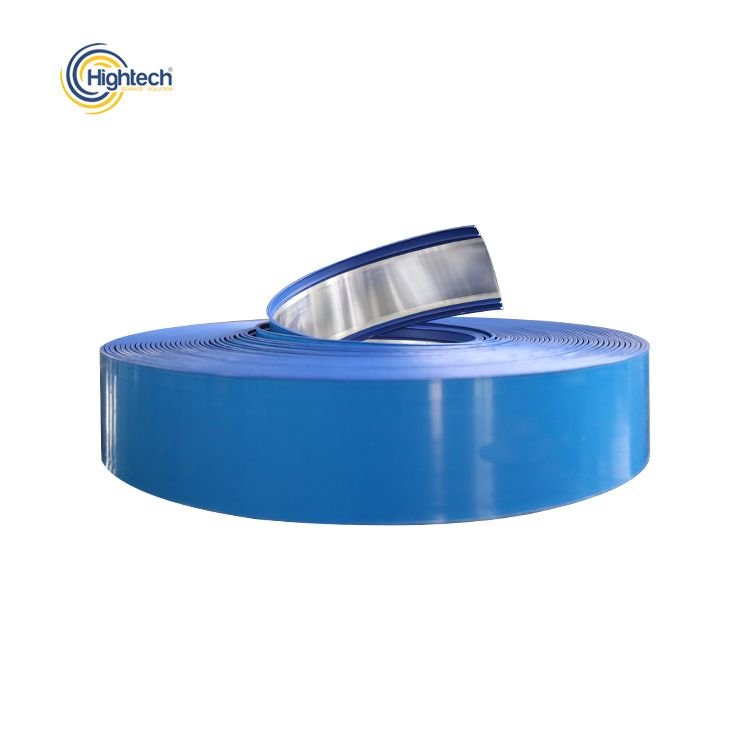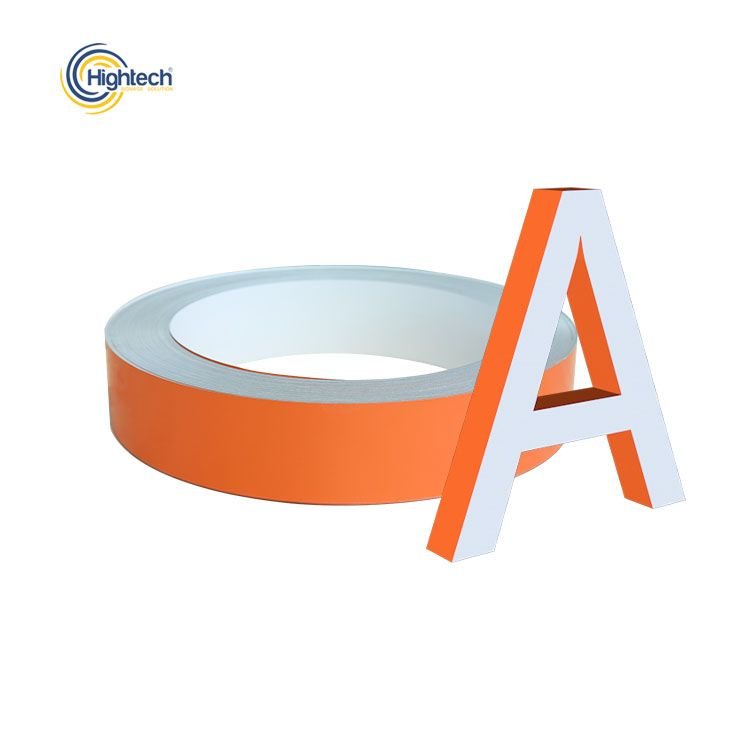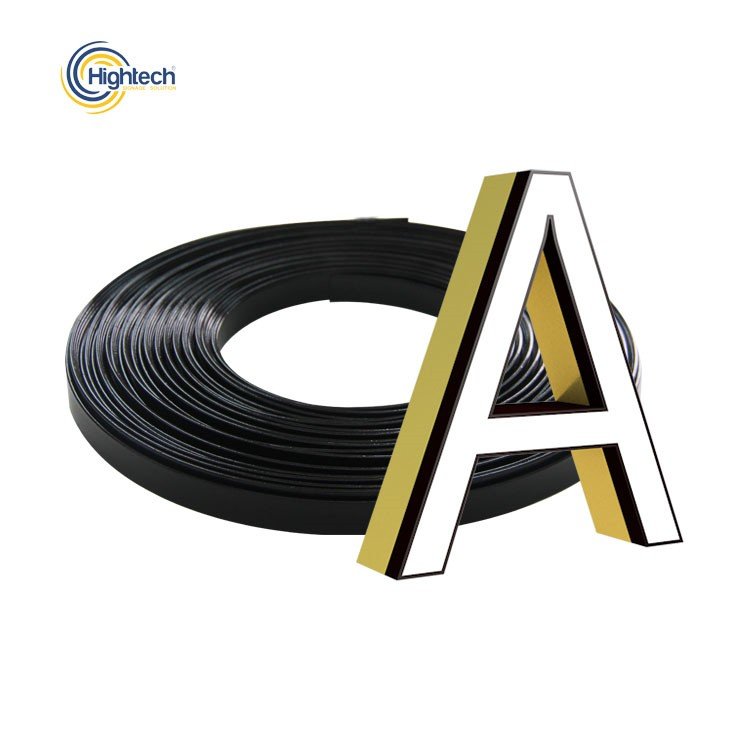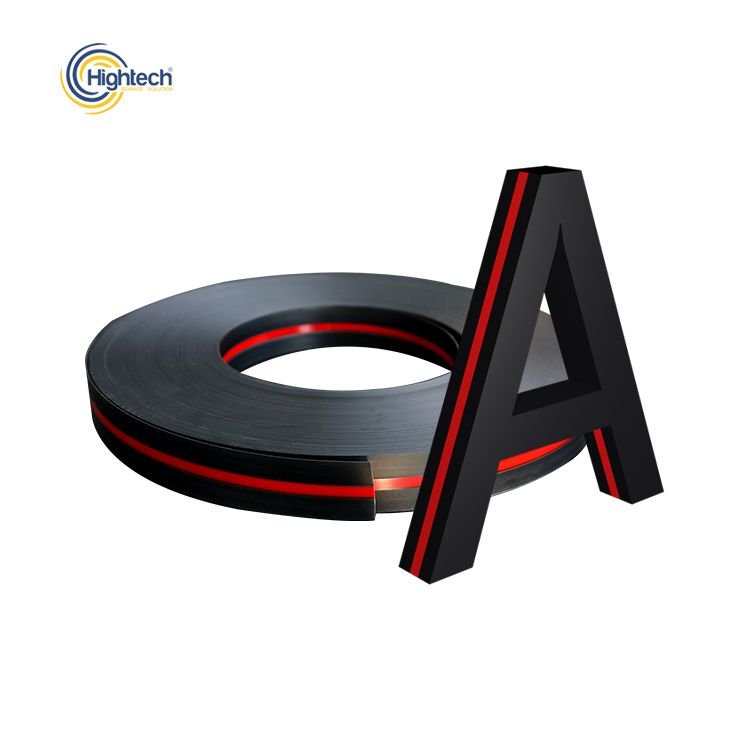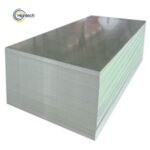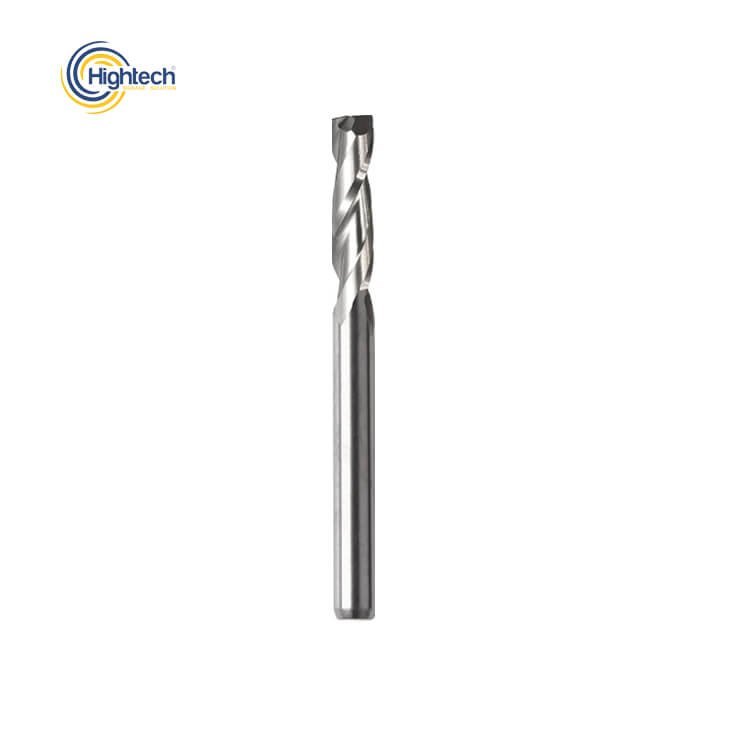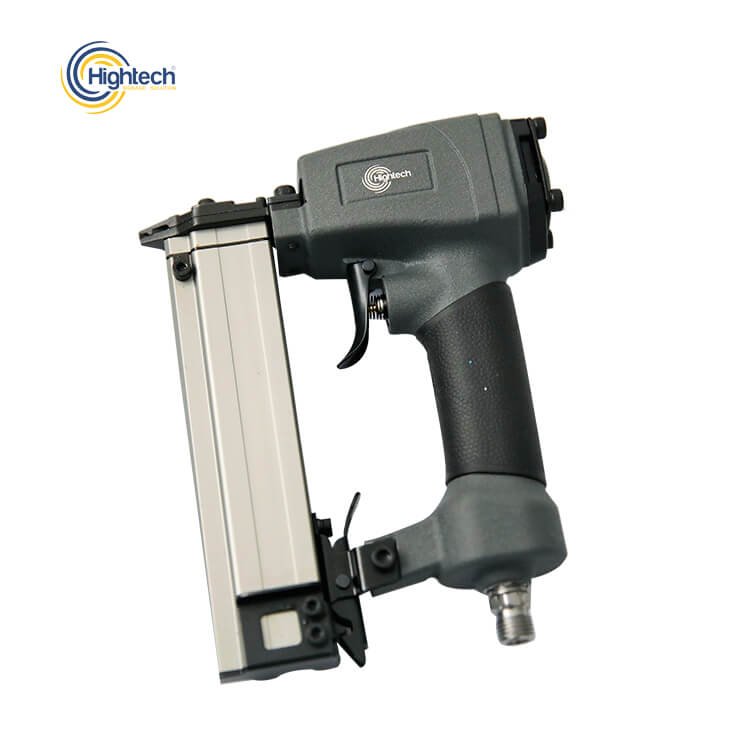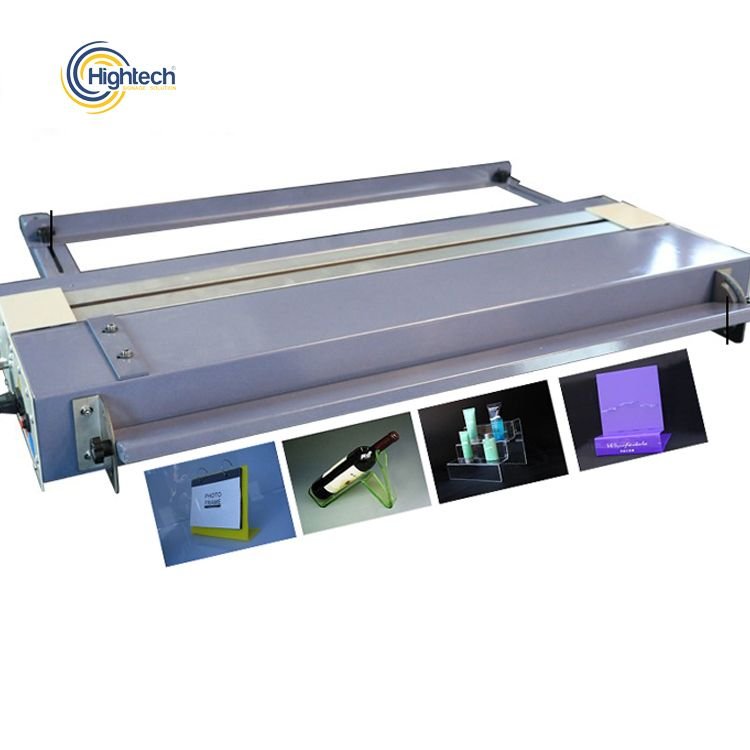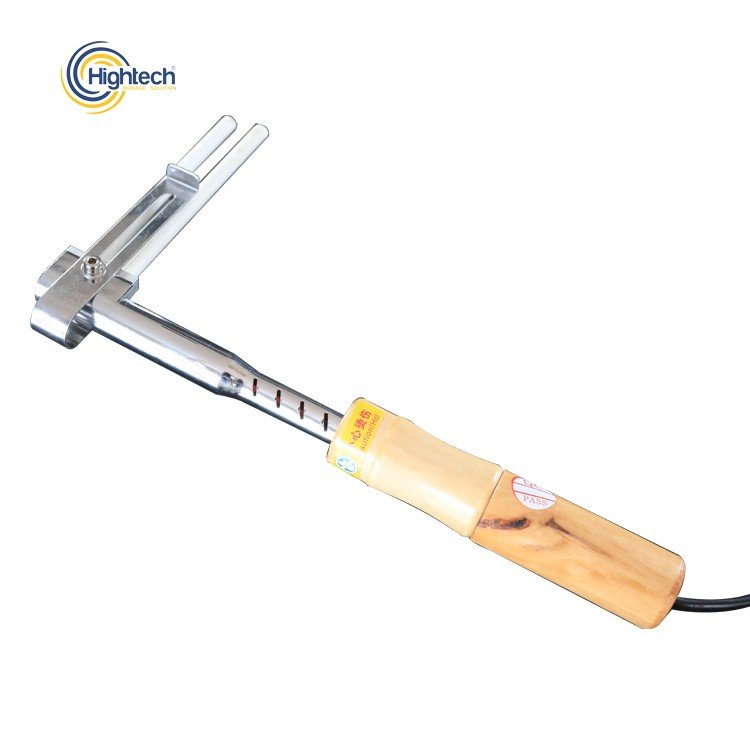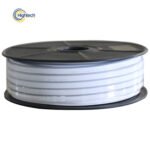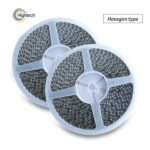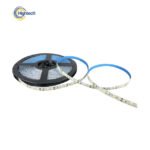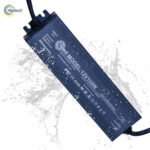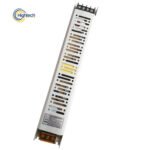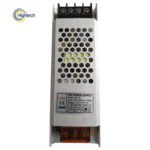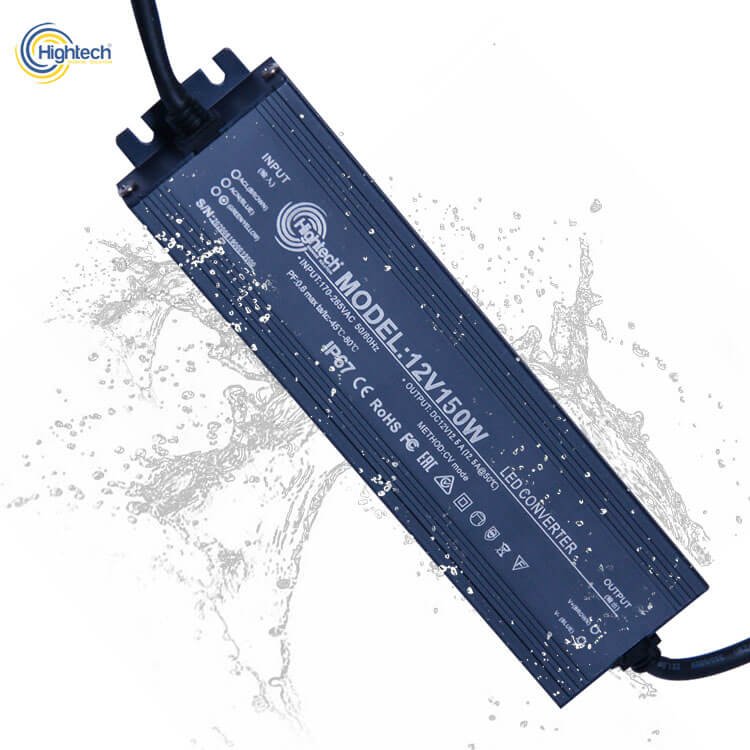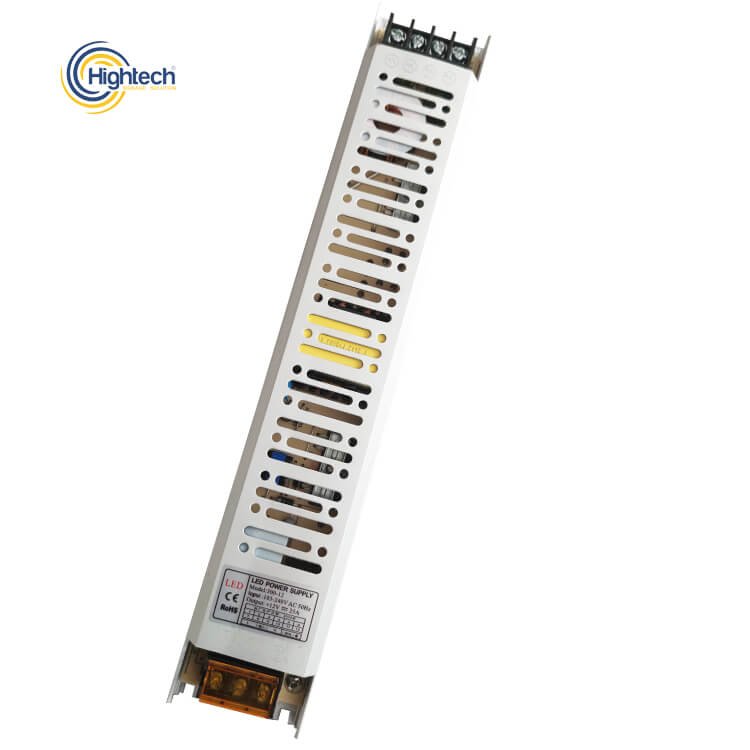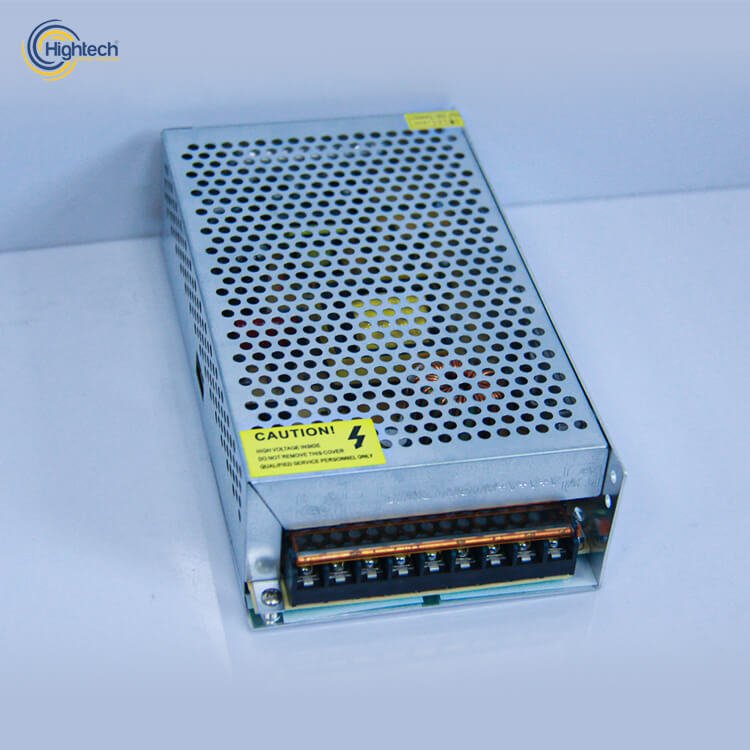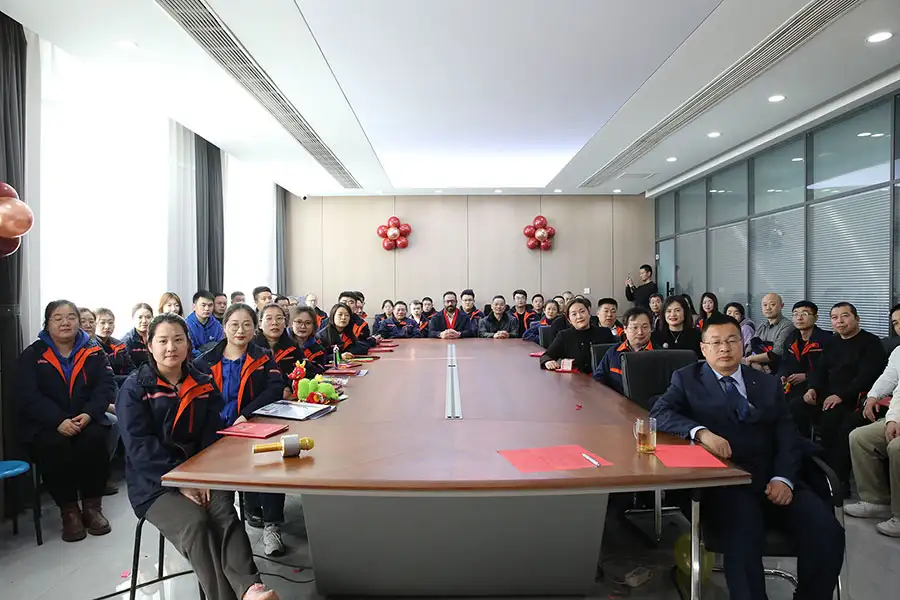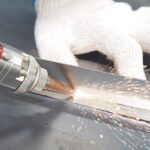
Blog
Automatic Channel Letter Machine vs Manual Bender | 2025

Table of Contents
Choosing between an automatic channel letter machine and a manual letter bender is a crucial decision for any signage business. The choice impacts production speed, accuracy, material waste, and overall labor costs. Automatic machines streamline workflows, reduce errors, and improve consistency, while manual benders remain cost-effective for small-scale projects or businesses just starting out.
Understanding the strengths, limitations, and best-fit scenarios of each option ensures better investment decisions and long-term efficiency for your signage operations.
Why Your Business Needs a Channel Letter Machine
A channel letter machine is a vital investment for businesses focused on creating high-quality signage efficiently. It allows companies to produce precise letters consistently, whether using an automatic channel letter bender or a manual letter bender.
With improved production speed and minimized material waste, these machines reduce labor costs and support scalability. For small business signage projects, having the right machinery can make a significant difference in turnaround times, overall quality, and long-term cost of ownership.

The Automatic Channel Letter Machine: What It Offers
Investing in an automatic channel letter machine brings multiple benefits to signage production. From faster output to reduced waste, these machines streamline operations and improve quality across all projects.
Faster Production
Automatic machines significantly increase production speed, allowing businesses to complete larger orders in less time. This efficiency is especially valuable for companies handling high-volume signage projects.
Higher Accuracy
With precise software control, automatic channel letter benders ensure uniform bends and consistent results, reducing errors commonly seen in manual bending.
Reduced Material Waste
The machine’s accuracy and repeatability minimize scrap, optimizing material usage and lowering costs associated with wasted aluminum or stainless steel.
Lower Labor Requirements
Automation reduces the need for highly skilled operators for every step, decreasing labor costs and freeing staff for other tasks.
User-Friendly Software
Most automatic machines come with intuitive software that simplifies programming, design adjustments, and repeatable production runs, making them accessible even for operators with minimal training.
The Manual Bender: Pros and Limitations
Manual letter benders remain relevant for small-scale signage operations or businesses with limited budgets. They offer flexibility and lower upfront costs but come with trade-offs in efficiency and consistency.
Slower Production Times
Manual bending requires more time per letter, reducing production speed for larger projects. Operators must carefully measure and bend each piece, which can delay overall workflow.
Increased Material Waste
Without automated precision, errors are more likely, leading to higher material waste. Mistakes in bending can require re-cutting or scrapping of aluminum, stainless steel, or other metals.
Higher Labor Costs
Manual bending depends heavily on skilled labor. More staff hours are required to complete the same volume of work achievable with an automatic channel letter bender, increasing overall labor costs.

When Is a Manual Bender Still a Good Option?
Manual benders remain practical for small businesses, custom projects, or low-volume orders. They are ideal when upfront costs must be minimized or for operators who prefer hands-on control over the bending process. For signage with unique designs or one-off letters, a manual letter bender provides flexibility that automatic machines may not offer.
Additionally, in situations where production speed is less critical, manual bending can deliver acceptable accuracy while keeping material and equipment costs lower.
Side-by-Side Comparison: Automatic vs Manual
Comparing automatic vs manual bending highlights the key differences that affect productivity, costs, and overall efficiency.
channel letter machine vs manual
Feature | Automatic Channel Letter Bender | Manual Letter Bender |
Production Speed | High-speed output, ideal for large orders | Slower, suitable for small batches |
Accuracy | Consistent, precise bends | Operator-dependent, potential errors |
Material Waste | Minimal due to precise repeatability | Higher, mistakes can require re-cutting |
Labor Requirements | Reduced, fewer skilled operators needed | More labor-intensive, requires experienced staff |
Cost Considerations | Higher upfront cost but lower long-term labor costs | Lower initial investment but higher ongoing labor costs |
Best Fit Scenarios | High-volume signage, consistent design needs | Custom, one-off projects, small businesses |
Environmental Considerations: Waste Reduction & Efficiency
Choosing between an automatic channel letter machine and a manual letter bender also impacts environmental efficiency. Automatic machines reduce material waste through precise bends and repeatable production, lowering scrap rates. Less wasted material not only saves costs but also reduces environmental impact. Additionally, faster production and optimized energy use contribute to a more sustainable operation, making automatic machines a smarter choice for businesses focused on both efficiency and eco-friendly practices.
Support, Training, & Maintenance
When investing in a channel letter machine, ongoing training and support are critical for long-term success. Automatic machines typically come with user-friendly software, detailed manuals, and access to technical support, making it easier for operators to learn and troubleshoot. Regular maintenance ensures consistent accuracy, minimizes downtime, and extends the machine’s lifespan. Manual benders require less technical support but depend heavily on operator skill, making training essential to reduce errors and optimize production efficiency.
Conclusion – Which One Is Right for Your Business?
Choosing between an automatic channel letter machine and a manual letter bender depends on your production needs, budget, and project volume. Automatic machines excel in speed, accuracy, and reduced material waste, making them ideal for high-volume or consistent design projects. Manual benders remain suitable for small businesses, custom orders, or limited budgets where hands-on control is preferred.

